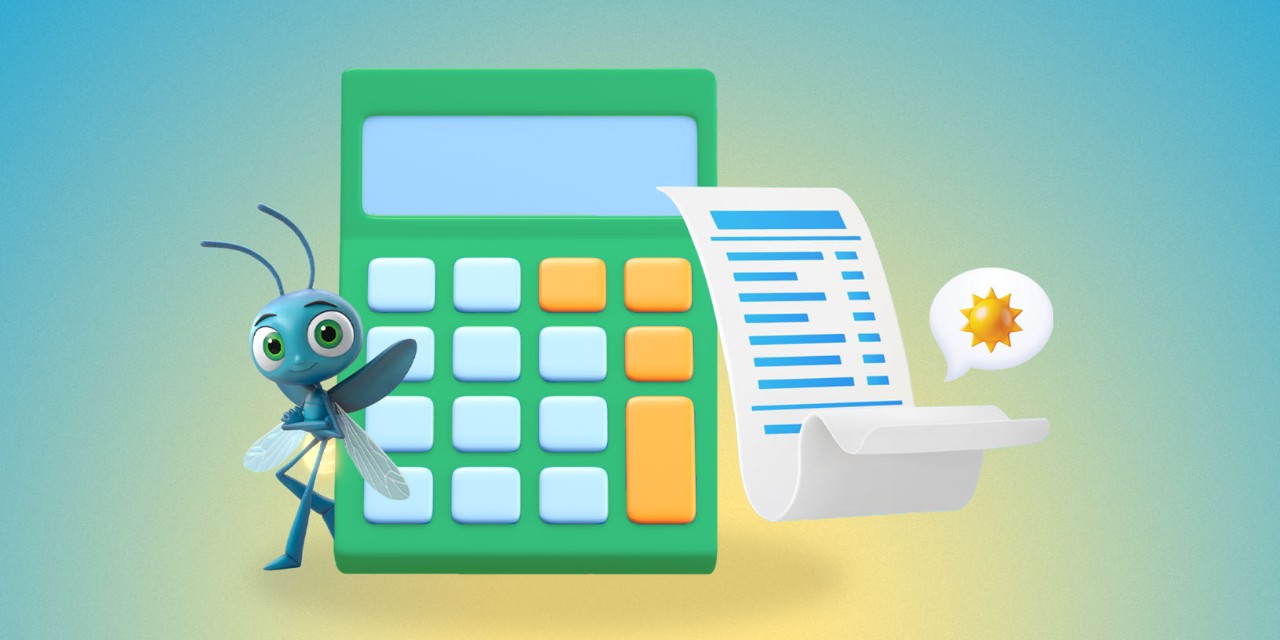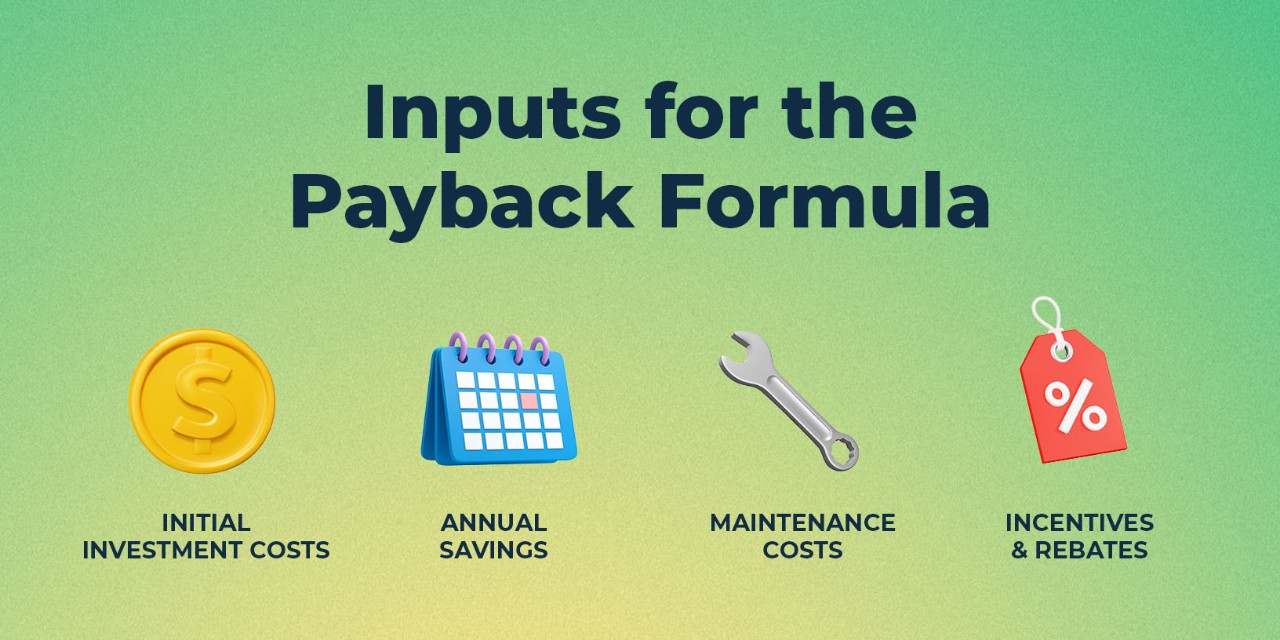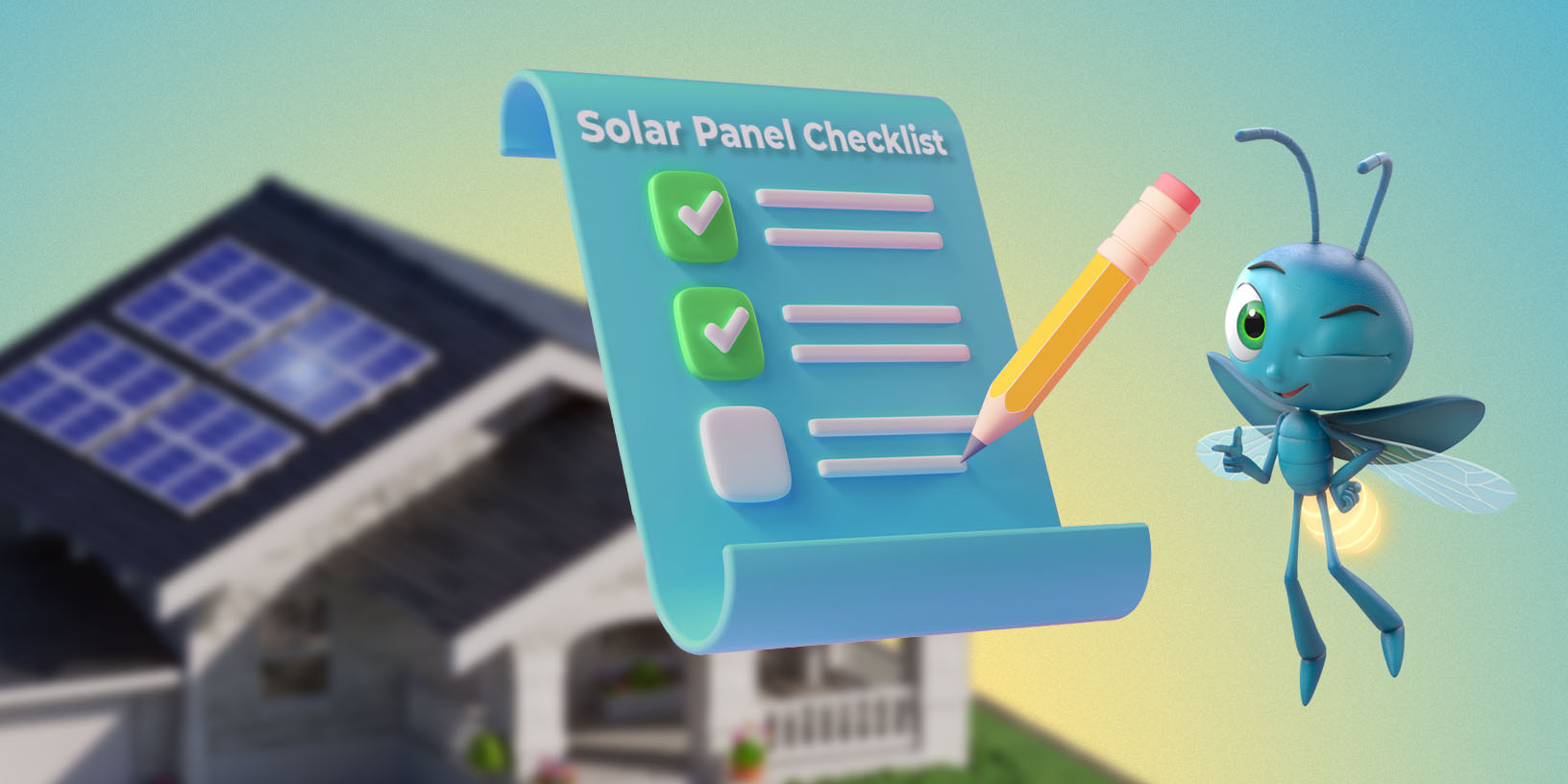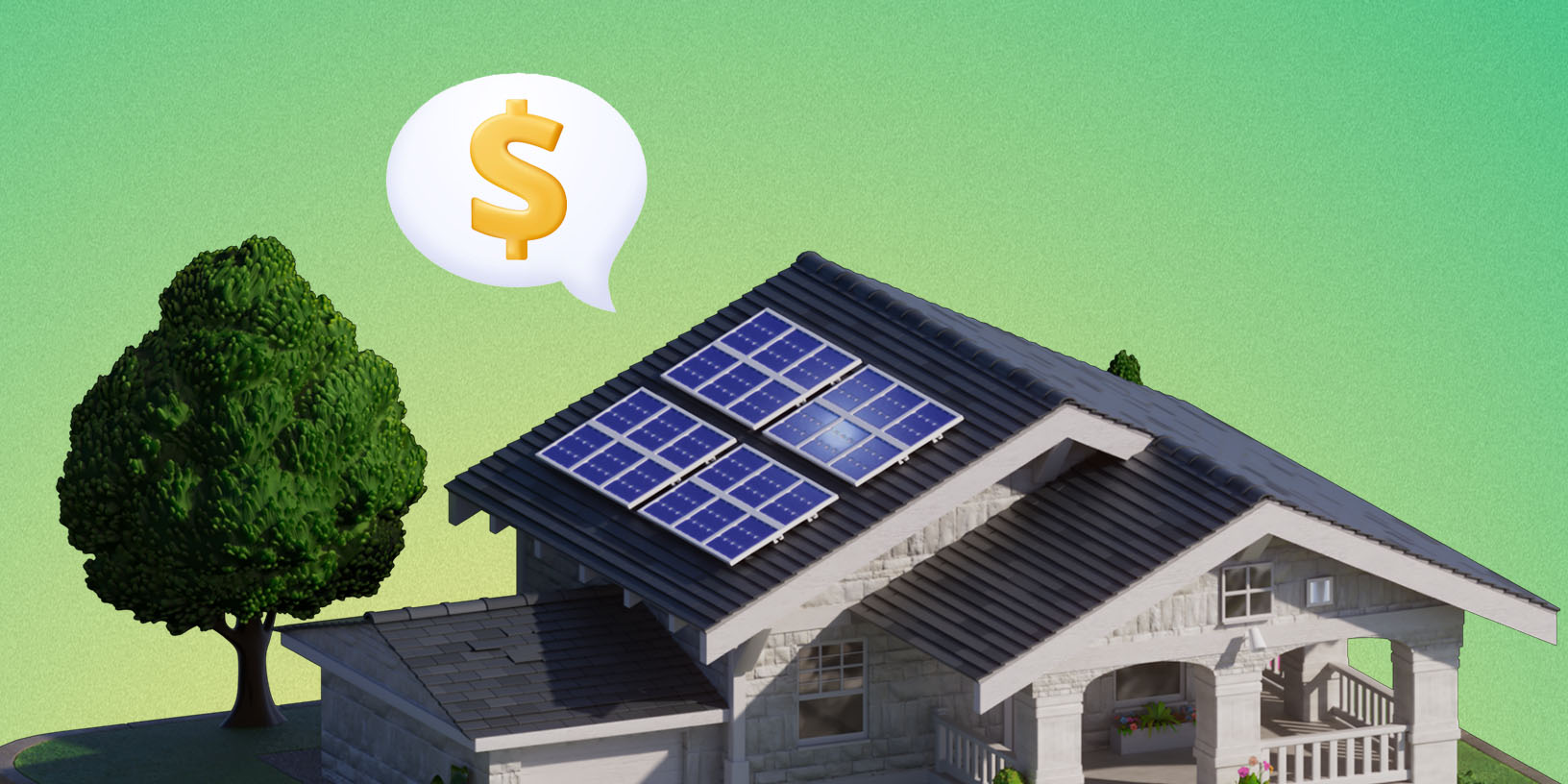Green Mountain Energy's Guide to Going Solar
How to Calculate Your Solar Buyback Period?

Many factors go into deciding whether or not to install solar panels—aside from the environmental benefits and the fun that comes with being the neighbor on your block that has embraced solar power.
One of the most important factors, however, is the return on investment (ROI) on your solar panels. It's figuring out how much of a financial investment you're looking at, and when you'll reach that “break-even” point after investing in your own solar panel array. This concept is referred to as the solar payback period.
In this article, we'll explore the concept of a solar payback period, discuss how long solar panels take to pay for themselves, and provide clarity on what the average payback period for solar panels is.
Understanding the Solar Payback Period Calculation
The solar payback period represents the time it takes for the savings from your solar panel system to cover the initial installation costs. The formula to calculate it is straightforward:
Solar Payback Period = Initial Investment Cost / (Annual Savings + Buyback Plan Benefits - Annual Maintenance Costs)
Having a full understanding of your specific solar payback period is important for coming to an informed decision about your solar panel investment. Ensuring that you have as accurate a calculation as possible before signing on the dotted line minimizes financial surprises during and after the installation process.
Key Components and Gathering Inputs

To accurately apply the solar payback period formula, you'll need to gather specific inputs, and understand the key components that influence the outcome:
Initial Investment Costs
This is the total up-front cost of your solar installation, including solar panels, installation fees, permits, and any required home upgrades. If you're considering a solar battery, include that cost as well.
Annual Savings
Your annual savings come from the reduction in your electricity bills after switching to solar. To estimate this, review your past energy bills to understand your current energy consumption. Then, calculate how much of that consumption will be offset by your solar system, considering local electricity rates and the system’s efficiency.
Buyback Plan
Additionally, factor in the benefits of your buyback plan, which can provide extra income or credits for the excess energy your system produces.
Annual Maintenance Costs
While solar systems require relatively low maintenance, you should still plan for occasional expenses. These might include cleaning the panels, periodic inspections, and potential repairs. Typically, you should allocate around $500-$700 per year for maintenance. However, this number may vary, depending on the size of your system and the location of your home.
Incentives and Rebates
Federal and state incentives can greatly reduce your initial investment costs, thereby shortening your payback period. Be sure to research and apply any applicable incentives to your project. For tax rebates, you will need to complete two documents after your project concludes:
For example, in Texas, the average installation cost of a solar panel system is $19,580 (after rebates), the average energy bill is $246 per month, or $2,952 per year, and the average yearly maintenance cost is $200, so the payback period would be:
Net cost of install ($19,580) ÷ Annual energy bill savings ($2,952) = a solar payback period of ~8 years
Factors That Affect Your Solar Payback Period
- Your local climate: Speaking of good, sunny days, remember that the amount of sunlight in different regions can affect the efficiency of solar panels and, ultimately, the overall length of the solar payback period.
- Your energy consumption: Your level of energy consumption throughout the year will have a direct impact on your ROI on solar panels if it exceeds the amount you account for in your annual savings.
- Electricity rates: The cost of electricity in different areas will affect annual savings and payback time. Location plays a big role in this, as will the type of plan you sign up for, and any increase in electricity rates over the years.
- Incentives and rebates: Utility incentives and local, state, and federal solar panel tax credits can significantly reduce your payback period. While you may be eligible for rebates and credits upon installation, as the world continues to go solar, you may qualify for additional rebates over time.
Real-World Considerations
It's important to note that this formula is based on a cash up front solar panel installation. If you opt instead to go for a solar loan and pay off your investment over time, you'll need to factor in the amount of your monthly payments, and subtract this amount from your annual savings.
It's also important to be aware that, unless you have a large solar panel array with a robust 1:1 buyback plan and an equally large solar battery pack to draw upon on cloudy days or at night, there will still be occasions when you will pay a monthly bill and draw energy from your local grid.
Getting a Clear Idea of Your Personal Energy Usage
Knowing the state energy bill average is one thing, but being aware of your personal energy consumption is critical to getting an accurate solar panel payback period calculation.
Before making the leap to solar, we recommend reviewing a full year’s worth of bills to accurately see how many realistic kWh of energy you consume in a month.
This will help you make an informed decision about whether solar panels are right for you. You'll need to be sure that the number of solar panels you can install on your home will generate the amount of energy you know you'll need to offset your usage.
Enrolling in a Solar Energy Plan
Installing solar panels is not your last step in getting clean energy; you still need to enroll in an energy plan. As mentioned, there will be times when your home simply won't create all the electricity that you need from solar energy alone.
At Green Mountain Energy, we offer a variety of plans for our solar panel customers, including our Renewable Rewards Buyback plans. Customers on these plans can save additional money by selling their excess solar energy back to the grid.
Start Your Solar Journey with Green Mountain Energy
By understanding the costs and savings involved with solar panel installation, you can better evaluate your solar panel installation ROI and ensure that your transition to solar energy aligns with your financial goals.
To explore the best energy solutions for your needs, visit our Home Energy Solutions page.
Take a big step for the planet with a renewable energy plan.
Enter your ZIP code to get started.
March 07, 2025
Understanding your energy usage is essential for determining if solar power is right for you. This article helps you evaluate your consumption patterns and estimate how solar energy can reduce your costs and lower your carbon footprint.
March 06, 2025
Ready to install solar panels? This article walks you through the process from assessing your home’s suitability to finding the right solar panel installers and electricity provider. It also explains financial incentives and what to expect from the installation process.
March 04, 2025
This article breaks down the costs of solar panel installations and provides insights into financing options. It helps you evaluate whether the long-term energy savings and environmental benefits make solar panels a good investment for your home.


